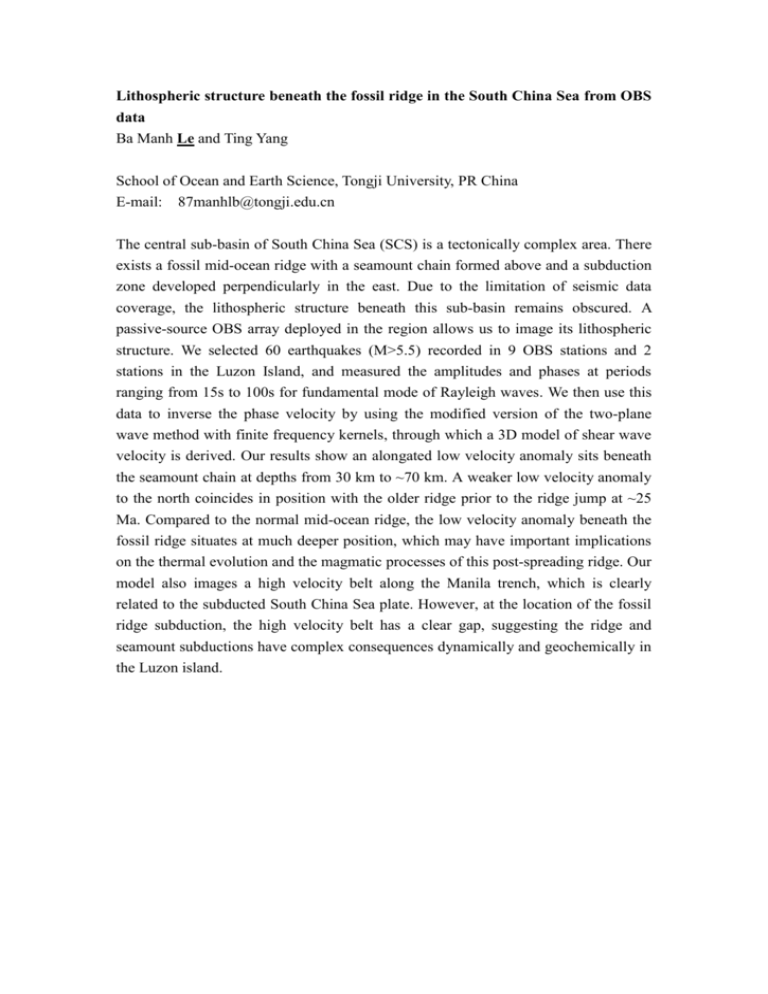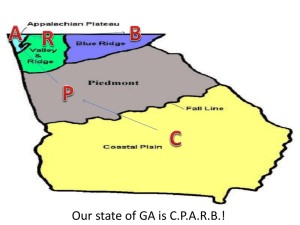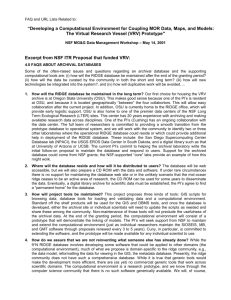10523_Le Ba
advertisement

Lithospheric structure beneath the fossil ridge in the South China Sea from OBS data Ba Manh Le and Ting Yang School of Ocean and Earth Science, Tongji University, PR China E-mail: 87manhlb@tongji.edu.cn The central sub-basin of South China Sea (SCS) is a tectonically complex area. There exists a fossil mid-ocean ridge with a seamount chain formed above and a subduction zone developed perpendicularly in the east. Due to the limitation of seismic data coverage, the lithospheric structure beneath this sub-basin remains obscured. A passive-source OBS array deployed in the region allows us to image its lithospheric structure. We selected 60 earthquakes (M>5.5) recorded in 9 OBS stations and 2 stations in the Luzon Island, and measured the amplitudes and phases at periods ranging from 15s to 100s for fundamental mode of Rayleigh waves. We then use this data to inverse the phase velocity by using the modified version of the two-plane wave method with finite frequency kernels, through which a 3D model of shear wave velocity is derived. Our results show an alongated low velocity anomaly sits beneath the seamount chain at depths from 30 km to ~70 km. A weaker low velocity anomaly to the north coincides in position with the older ridge prior to the ridge jump at ~25 Ma. Compared to the normal mid-ocean ridge, the low velocity anomaly beneath the fossil ridge situates at much deeper position, which may have important implications on the thermal evolution and the magmatic processes of this post-spreading ridge. Our model also images a high velocity belt along the Manila trench, which is clearly related to the subducted South China Sea plate. However, at the location of the fossil ridge subduction, the high velocity belt has a clear gap, suggesting the ridge and seamount subductions have complex consequences dynamically and geochemically in the Luzon island.











